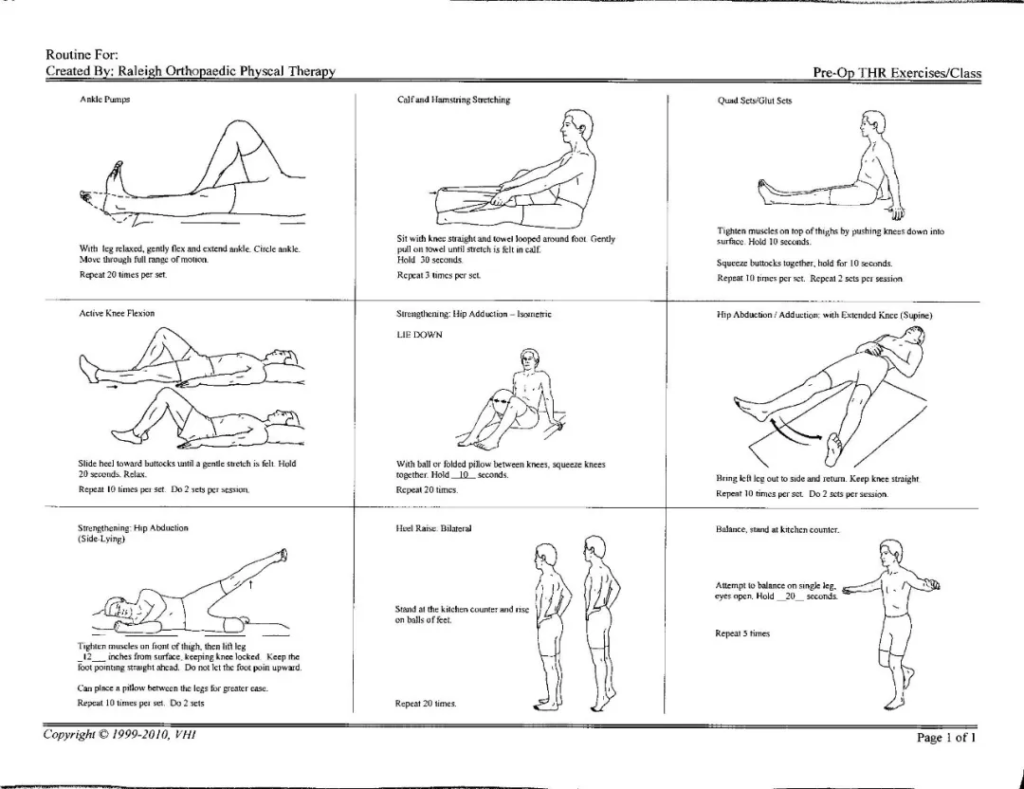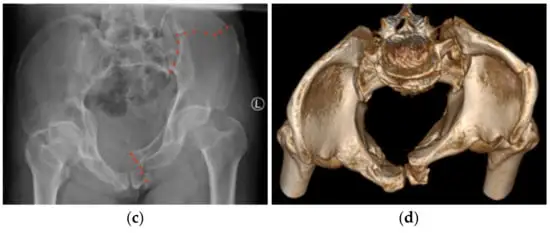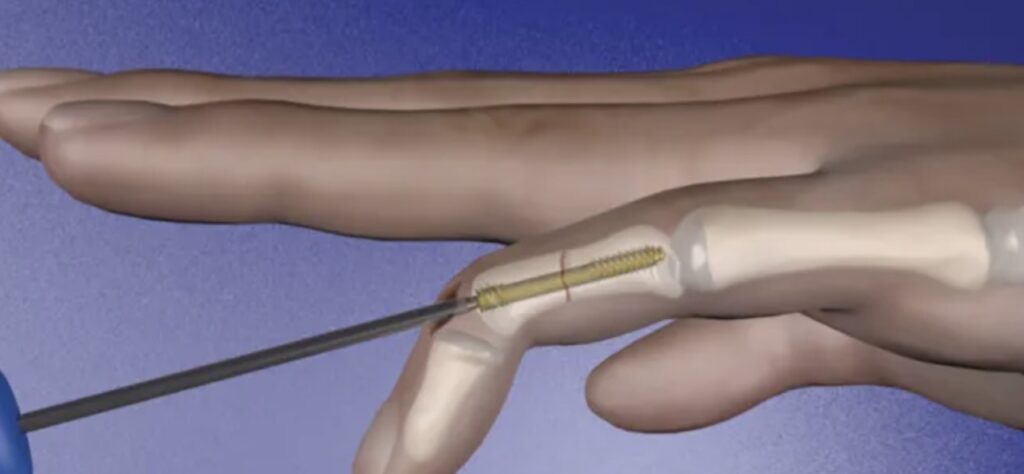Understanding Screws in Fracture Surgery: A Comprehensive Guide

When it comes to fracture surgery, the choice of screws can make or break the success of the procedure. With multiple types of screws available, each offering unique properties, understanding their applications and limitations is critical for achieving optimal outcomes. This article explores the different types of surgical screws, their functions, advantages, and potential pitfalls, […]
Corona Mortis in Pelvic Fracture Surgery: Identification and Hemorrhage Management

The Corona Mortis, ominously nicknamed the “Crown of Death,” is a vascular anomaly that poses significant risks in pelvic fracture surgeries. Its presence demands both anatomical awareness and precise hemorrhage control strategies to prevent life-threatening complications. This article delves into the anatomical significance, injury mechanisms, and evidence-based management techniques for this vascular variant, ensuring surgeons […]
Orthopedic Glossary: Essential Terms for Professionals

Understanding the language of orthopedics is fundamental for advancing expertise in the field. Whether you’re a surgeon, researcher, or student, mastering key terms enhances communication and comprehension of complex concepts. This glossary provides clear, concise definitions of essential orthopedic terminology, offering insights into procedures, materials, and pathologies. Dive into the world of orthopedic vocabulary and […]
Sports Medicine Research Over the Last Six Years: Everything You Need to Know

The field of sports medicine has undergone remarkable advancements in the past six years, with groundbreaking studies shaping how we diagnose, treat, and rehabilitate athletes. From ACL reconstruction techniques to emerging biologic therapies, this article dissects the latest trends, highlights key findings, and explores future directions in sports injury management. Whether you’re a clinician, researcher, or athlete, this comprehensive […]
Rare Bilateral Distal Clavicle Fractures: Characteristics and Treatment Options

Clavicle fractures account for 3%–5% of all adult fractures and approximately 32% of shoulder girdle fractures. Among these, the distal third of the clavicle is particularly susceptible due to its biomechanical vulnerabilities. Although bilateral distal clavicle fractures are extremely rare, they present unique challenges in terms of diagnosis and treatment. This article explores the key features of bilateral distal clavicle fractures, their […]
High Tibial Osteotomy (HTO): Subtubercle vs. Supratubercle Osteotomy

High tibial osteotomy (HTO) is a pivotal surgical procedure for correcting medial compartment knee osteoarthritis and malalignment. However, a critical decision lies in choosing between subtubercle osteotomy (RT-OWHTO) and supratubercle osteotomy (ST-OWHTO). Each technique comes with distinct implications for patellofemoral alignment, surgical complexity, and postoperative outcomes. This article explores the pros and cons of both […]
Comprehensive Guide to Orthopedic Infections and Bone Defects: Advanced Treatment Strategies

Introduction Orthopedic infections and bone defects, particularly fracture-related infections (FRI), pose significant challenges in orthopedic surgery. Successful management demands a multidisciplinary approach, integrating precise diagnosis, advanced surgical techniques, antimicrobial therapy, and soft tissue reconstruction. This article delves into current treatment options, outlining cutting-edge techniques and best practices based on the latest research. Whether you’re an […]
Do you need functional exercises before hip and knee replacement surgery?

This section provides a detailed examination of the necessity and benefits of functional pre-operative exercises before hip and knee replacement surgery, drawing from a wide range of medical literature and patient education resources. The analysis aims to cover all aspects considered in the research process, ensuring a thorough understanding for both patients and healthcare providers. […]
Revolutionizing Pelvic Fracture Surgery: The Power of Robotics! 🚀

Pelvic Fracture Reduction Just Got Easier – Thanks to Surgical Robotics! Displaced pelvic fractures have long been one of the most challenging injuries in trauma orthopedics. The complex anatomy, high risk of complications, and difficult reduction process make it a nightmare for surgeons. But what if there was a way to achieve precise fracture reduction […]
Surgical techniques | Treatment of metacarpal and phalangeal fractures with intramedullary headless compression screw internal fixation

Intramedullary Headless Compression Screws for Metacarpal and Phalangeal Fractures: A Surgical Guide Introduction: A Revolutionary Fixation Approach Metacarpal and phalangeal fractures are among the most common hand injuries, often resulting from trauma, falls, or sports-related accidents. Depending on the fracture type—simple transverse, comminuted, or open fractures—various fixation methods exist, including plate and screw fixation, percutaneous […]

